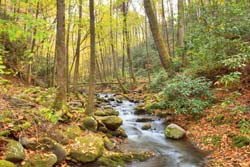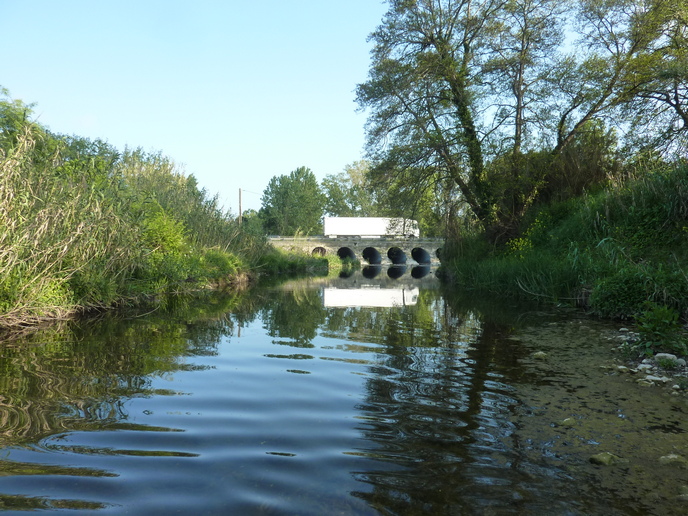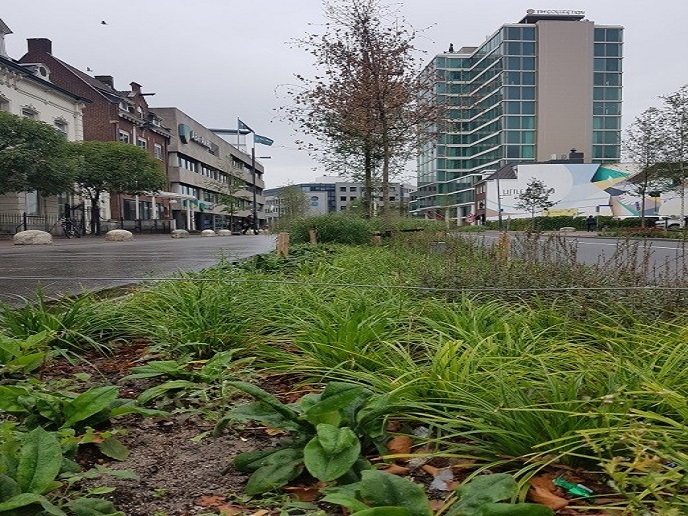Groundwater recharge from ephemeral streams in dryland regions
The project EPHEMERAL GSI (How do groundwater-surface water interactions control recharge from ephemeral streams?) is using a multidisciplinary approach to integrate new methods of monitoring and analysis with state-of-the-art numerical modelling techniques for a study catchment. The project will characterise the surface and subsurface hydrology of the test catchment called Middle Creek. This is an ephemeral tributary of the Maules Creek in New South Wales, Australia. New computer models describing the GSI process will also be developed for Middle Creek and tested using a range of numerical modelling techniques. In addition, EPHEMERAL GSI will measure indirect recharge to the alluvial aquifer resulting from ephemeral stream losses. The test catchment's sensitivity to changes in land use, climate or abstraction patterns will also be determined. A variety of field-based methods and modelling techniques will be assessed both in isolation and together for their ability to help explain GSIs in ephemeral catchments. The project's results will then be used to develop a conceptual framework for understanding recharge through ephemeral streams. Results so far indicate that the geological control of recharge to the aquifer is highly significant. The contrast in permeability between active channel deposits and the underlying aquifer is the main control for GSIs. Analysis of field data enabled the recharge pattern for the aquifer to be quantified. A study of the nature of the groundwater revealed that recharge is mostly focused near the mountain and diminishes with distance downstream. EPHEMERAL GSI will provide the first detailed understanding of the processes behind GSIs and how they control indirect recharge in ephemeral catchments. This information will have immediate application to a number of water management issues in other dryland areas of the world, and help mitigate the impacts of climate change.
Keywords
Ephemeral streams, groundwater, surface water interactions, catchments, water resources







